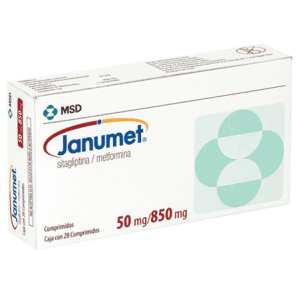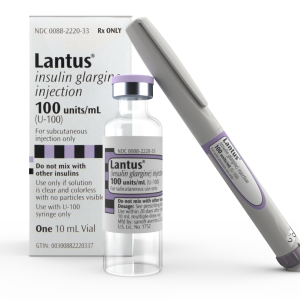Insulin, a vital medication for individuals with diabetes, requires proper storage and transportation to ensure its effectiveness. Understanding the nuances of insulin storage and transportation is crucial for maintaining medication efficacy and patient safety. In this article, we will delve into essential considerations and best practices for handling insulin to maximize its shelf life and potency.
Does Insulin Need to be Refrigerated?
One of the most common questions regarding insulin storage is whether it needs refrigeration. While most insulin formulations should be refrigerated to maintain stability, certain types, such as unopened vials or pens, can be stored at room temperature for a limited period. However, once opened, insulin generally needs refrigeration to prevent degradation.
Insulin Storage Temperature
Insulin should be stored within a specific temperature range to ensure its potency. The recommended storage temperature for most insulin products is between 36°F and 46°F (2°C and 8°C). It is crucial to avoid freezing insulin or exposing it to extreme heat, as both can compromise its effectiveness.
Expired Insulin
Using expired insulin can pose risks to patient health, as it may not provide the expected blood glucose control. Insulin should be checked regularly for expiration dates, and expired insulin should be discarded following proper disposal guidelines.
Transporting Insulin
Transporting insulin, especially when traveling or shipping, requires careful attention to temperature control. Insulin that needs refrigeration should be stored in insulated containers with ice packs to maintain the required temperature during transit. It is essential to avoid prolonged exposure to extreme temperatures and ensure timely delivery to prevent potential degradation.
Insulin Shelf Life
The shelf life of insulin varies depending on the formulation and storage conditions. Unopened insulin vials or pens typically have a longer shelf life, ranging from one to two years when stored in the refrigerator. Once opened, insulin should be used within a specified timeframe, usually ranging from 28 to 30 days, to maintain potency.
Best Practices for Insulin Storage and Transportation
To optimize insulin storage and transportation, consider the following best practices:
- Store insulin in the refrigerator at the recommended temperature range.
- Keep insulin away from direct sunlight, extreme heat, and freezing temperatures.
- Use insulated containers with ice packs when transporting insulin that requires refrigeration.
- Check insulin regularly for expiration dates and discard expired products.
- Follow proper disposal guidelines for expired or unused insulin.
Conclusion
In conclusion, proper insulin storage and transportation are essential for maintaining medication efficacy and ensuring patient safety. By following best practices and guidelines, individuals can safeguard their insulin supply and effectively manage their diabetes. Always consult with a healthcare professional for personalized guidance on insulin storage and usage.




